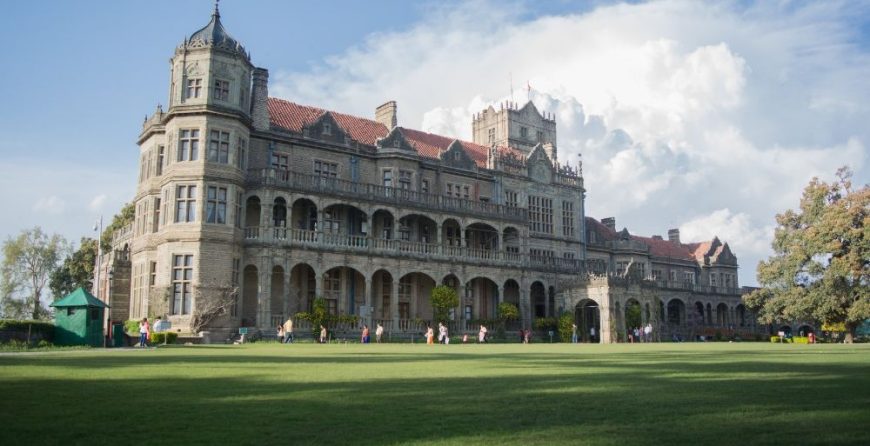Gardens are now a part of every growing community and maintaining it is one of the things you can’t neglect. A school garden is a great way to connect students to the earth and widens their understanding regarding the food system. Our responsibility does not end in planting, we need to maintain it.
As humans have basic needs, plants do too. Here are some of the basic needs of a plant.
1. A Place To Grow
2. Light
3. Water
4. Air
5. Nutrients
Now, here are the things you need to do to effectively maintain your school garden:
Watering
As a general rule, plants need at least an inch of water per week during its active growth period.
However, if the weather is windy, hot or dry, they’ll need more and lesser amount if it’s cold and humid.
Lack of water and excess water can make the plants wilt. So you must check the soil first for its wetness. You can do this by poking your finger an inch deep to the soil – if the soil felt dry, then it needs more water but if it felt wet then don’t add more water.
When you and your students are watering, make sure to water slowly as the water is absorbed by the roots. The water must reach the soil. Keep that in your student’s mind that watering plants don’t need to be in a rush. Give the water time to go down deep into the roots.
Mulching
Two to three inches of mulch on top of an outdoor garden is needed for their protection. Mulching helps to slow the water loss because of evaporation. It also can lessen soil erosion, moderate the soil’s temperature, and reduce the risk of soil-born diseases.
Different materials such as straw, leaves, shredded woods, newspapers, and plastic can be used as mulch. Just make sure to take note that different materials for mulching have different benefits and effects.
Thinning
Thinning your plant is removing some of the seedlings that are growing too close to each other. Often times, this happens when too many seeds are planted on a limited space.
Too many plants in a small space will lead plants to compete for resources. Thus, they might not be able to grow into their full potential.
Teach your students to pick the healthiest plant to remain on its place and remove the others. Thinning have the risk of disturbing the roots of the plant you want to keep. It can be challenging for your students so make sure to keep a closer look on them.
Weeding
Weeds are plants growing in the wrong place. They must be removed in order for your plants to grow properly. Weeds can be a competition for resources, space, light, and nutrients. You and your students must be able to identify weeds from your crops.
Pull the weeds either by hands or by hoeing and cultivating around your plants. Keep a good distance when you cultivate to avoid damaging the plants and their roots. Encourage your students to constantly remove weeds while they’re still small to avoid them from overcrowding your plants.
Fertilizing
Fertilizers are needed to ensure healthy growth of your plants. It serves as the food and nutrient source of your plants. They need nitrogen, phosphorus, and potassium in large quantities. Nitrogen is needed for the growth of stem and leaves and it is used for photosynthesis. While phosphorus helps in root growth, flowering, and fruiting. Then potassium adds in the development of the root, plant’s immune system, and overall growth of your plants.
Hopefully, this has given the ideas you need to know on how you can effectively maintain your school garden’s health.
Have happy gardening at your school!!!


